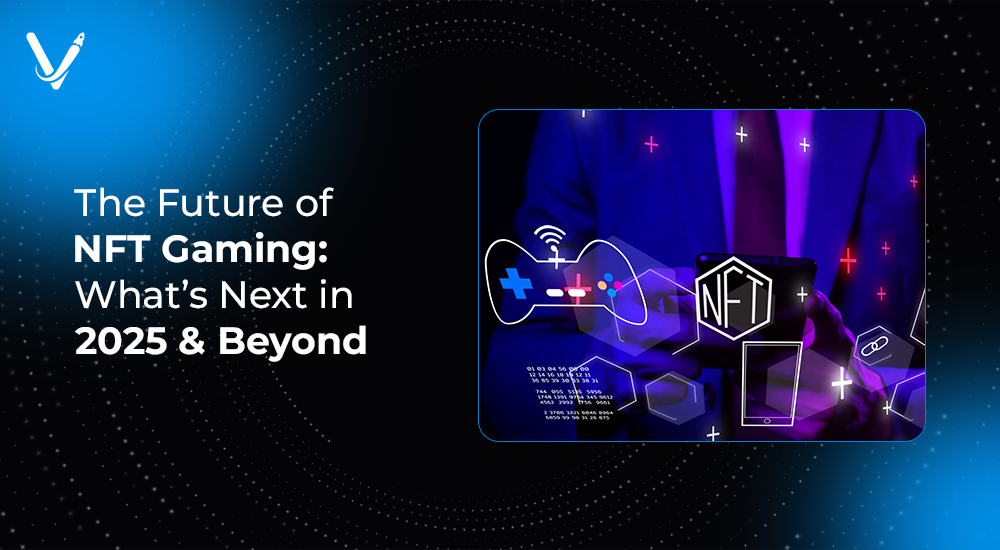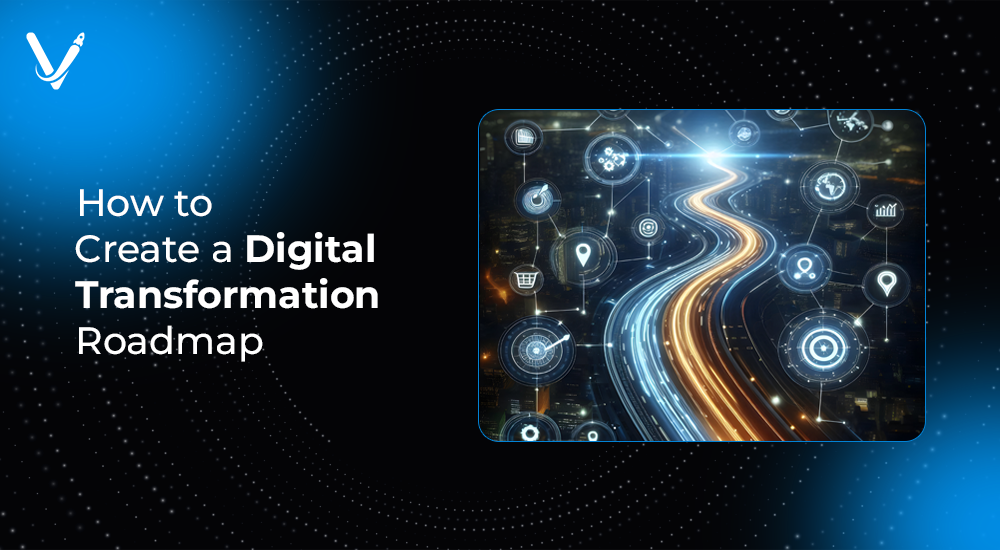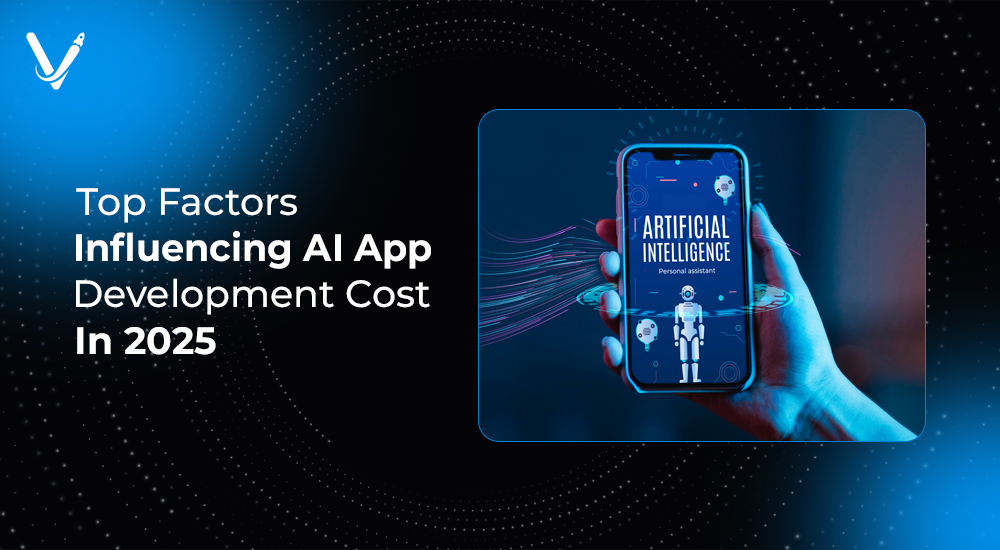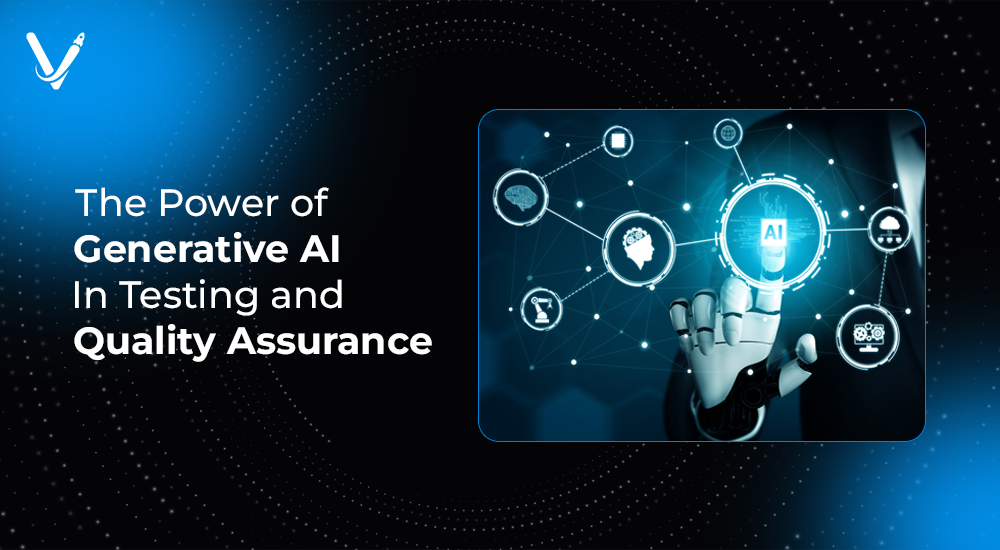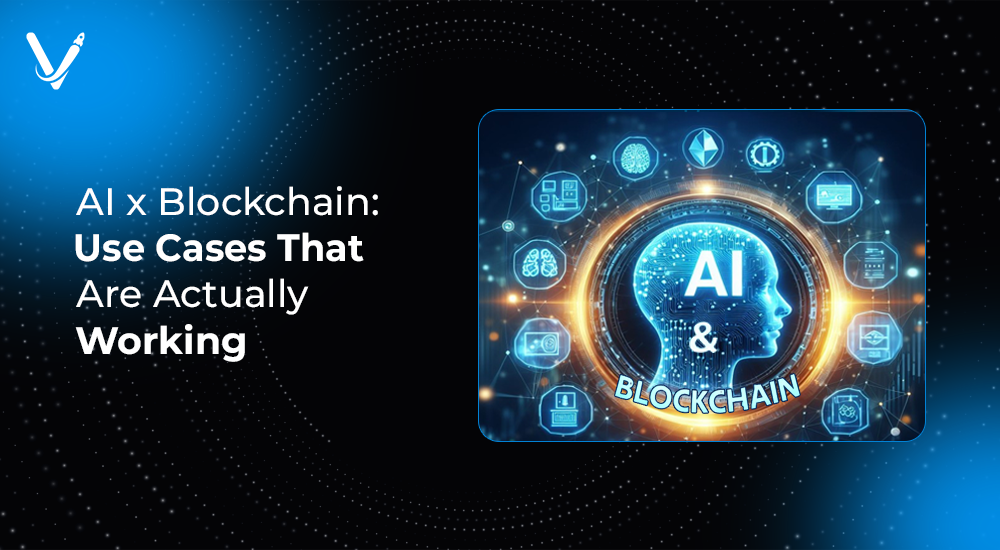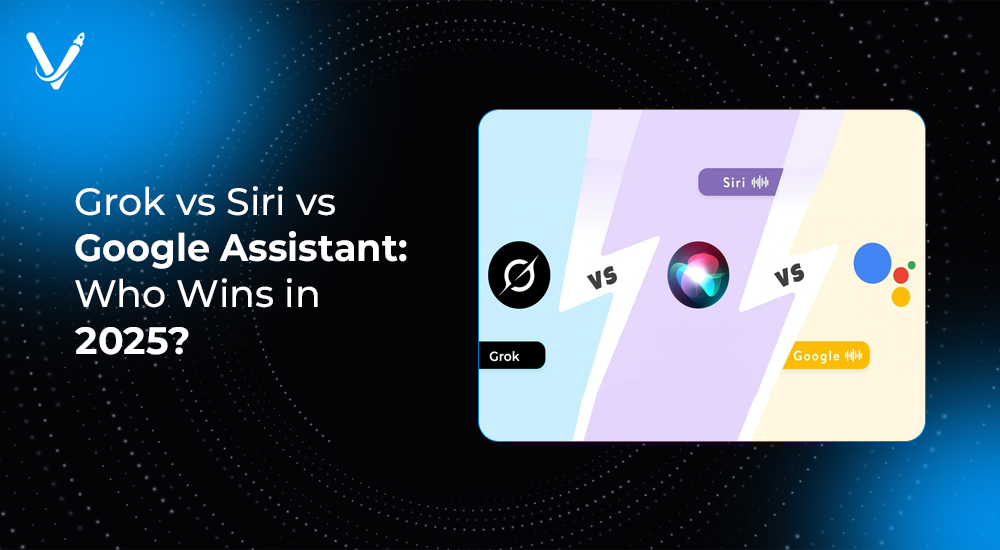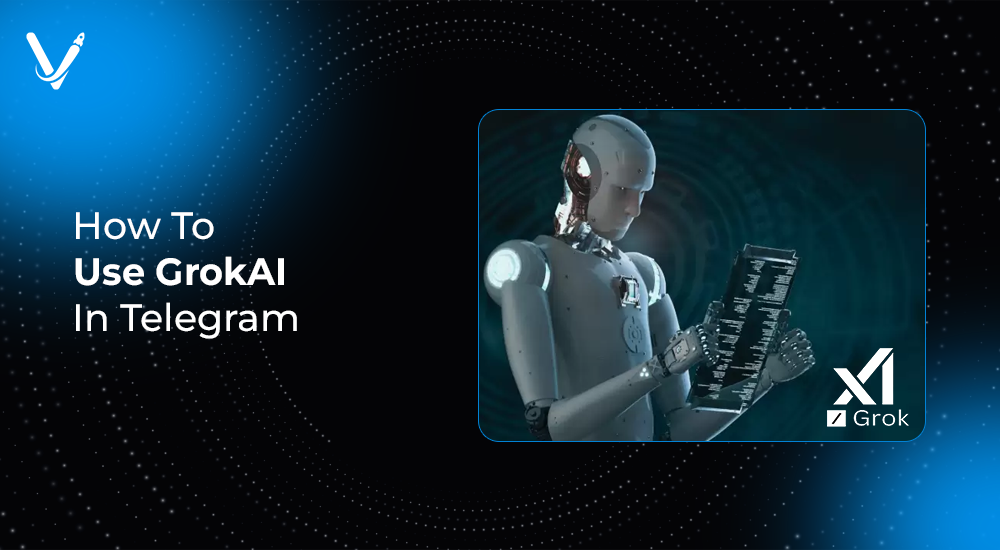The Complete UI/UX Designing Process
 Ronak Pipaliya
Ronak PipaliyaJul 13, 2022
261
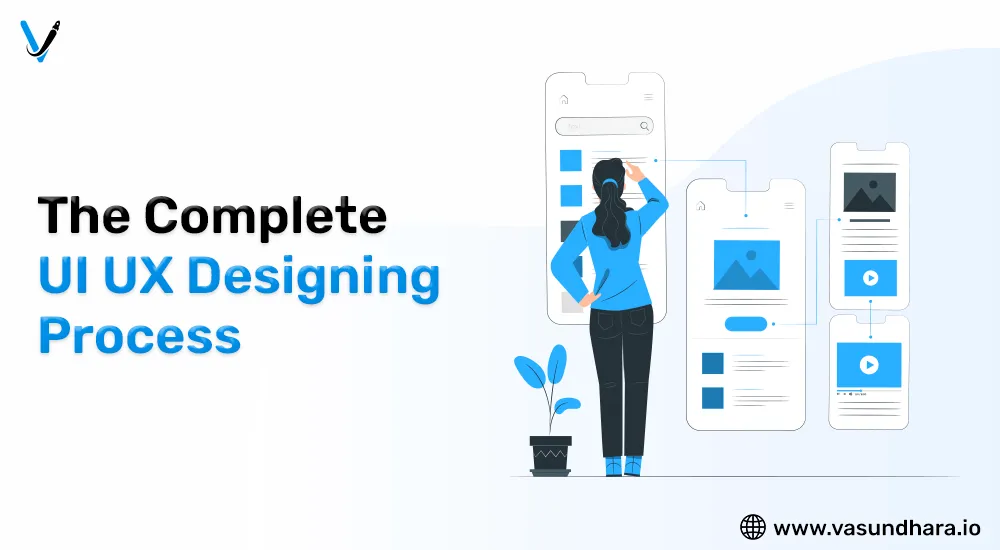
Designs are important when creating a brand or any other thing to make it attractive. It sets you apart from the competition and helps you to create the emotions, feelings, and thoughts of users effectively.
UI/UX design is how users interact with a computer, phone, or other devices and what they experience with a product or application. But do you know how it is created?
In this blog, you will learn the complete development process of UI/UX design.
UI/UX Design Process:
Understanding the Requirments
To start building any product, first of all, you have to understand all the requirements of that product. Conduct a meeting with your designers and developers. Categorize the requirements into small fractions and start brainstorming. During this session, lots of new ideas start getting introduced. You can also include your client in this session to reach out to their specifications. To keep engaged with your client, show them use cases, create a presentation, ask questions and gather their first feedback.
Research
You're ready to go further when the initial discussions are accomplished. The second phase is conducting research, analysing competitors, and researching current trends while keeping in mind your client's requirements. Keep an eye on the most recent user interface trends, design concepts, and your current user experience guidelines. The research will help you in deciding on the basic design of the product, but do not dive into detailed descriptions like selecting fonts, images, or colours. You can also consider the website's potential layout at this phase.
Sketch
This stage can start based on the first two phases of the whole designing process. Most of the required features of a product can be defined in this process. Design is not something about just arranging various graphics, blocks, buttons or fonts, it's all about how you feel it while wandering around it. Draw the sketches, learn to craft your design, analyze it with different factors, evaluate it and redesign it if required. Start building primary mockups and represent them to the stakeholders for their feedback. Joining
Analysis
Make use of the information gathered during the research phase. Create hypothetical personas and experience maps using the information you've gathered. User goals, actual behaviour, and pain spots are the core of design personas, not their purchasing or media preferences and activities. They're based on real people and field research. Design personas are useful for delivering research results and user objectives, specifying a product or service, and avoiding the elastic user and self-referential design.
Design
Finally, this phase arrives where you build the actual designs. Start building graphics, create a sitemap, draw user flows, design mockups, create all the required images and icons, use colour palettes for effectively utilizing colour combinations. Typography plays a crucial role in the entire design. Besides this, the wireframe is one of the most essential things you can do at this point. Apply for the complete
Implement
When the client approves your design, it may be put into the development phase. If you are not developing the design, it is critical to begin working with the front-end team. Zeplin and other design hand-off tools can help you at this point. When the development team receives the design, they integrate the back-end functionality with the UI. It's possible that minor design modifications will be performed during implementation.
Evaluate
In this stage, you need to evaluate the entire product based on some factors to check whether the features are perfectly implemented or not. Let's see those factors.
Whether the product is easily accessible by the users?
Is it easy to add new features and update the existing product?
Is the product flexible to use?
Does it provide the related functionalities based on the user's expectations?
To cap it all, a systematic and structured strategy is necessary for building great UI/UX interfaces. The UI/UX design process plan can assist you in doing this. Every member of the design team will be involved in the process. In today's highly competitive market, this is one of the most effective methods to keep existing clients and attract new ones.
Conclusion
After learning the complete UI/UX design process, you will be able to create products or applications more effectively and efficiently. Try and start developing and designing for your new projects.






